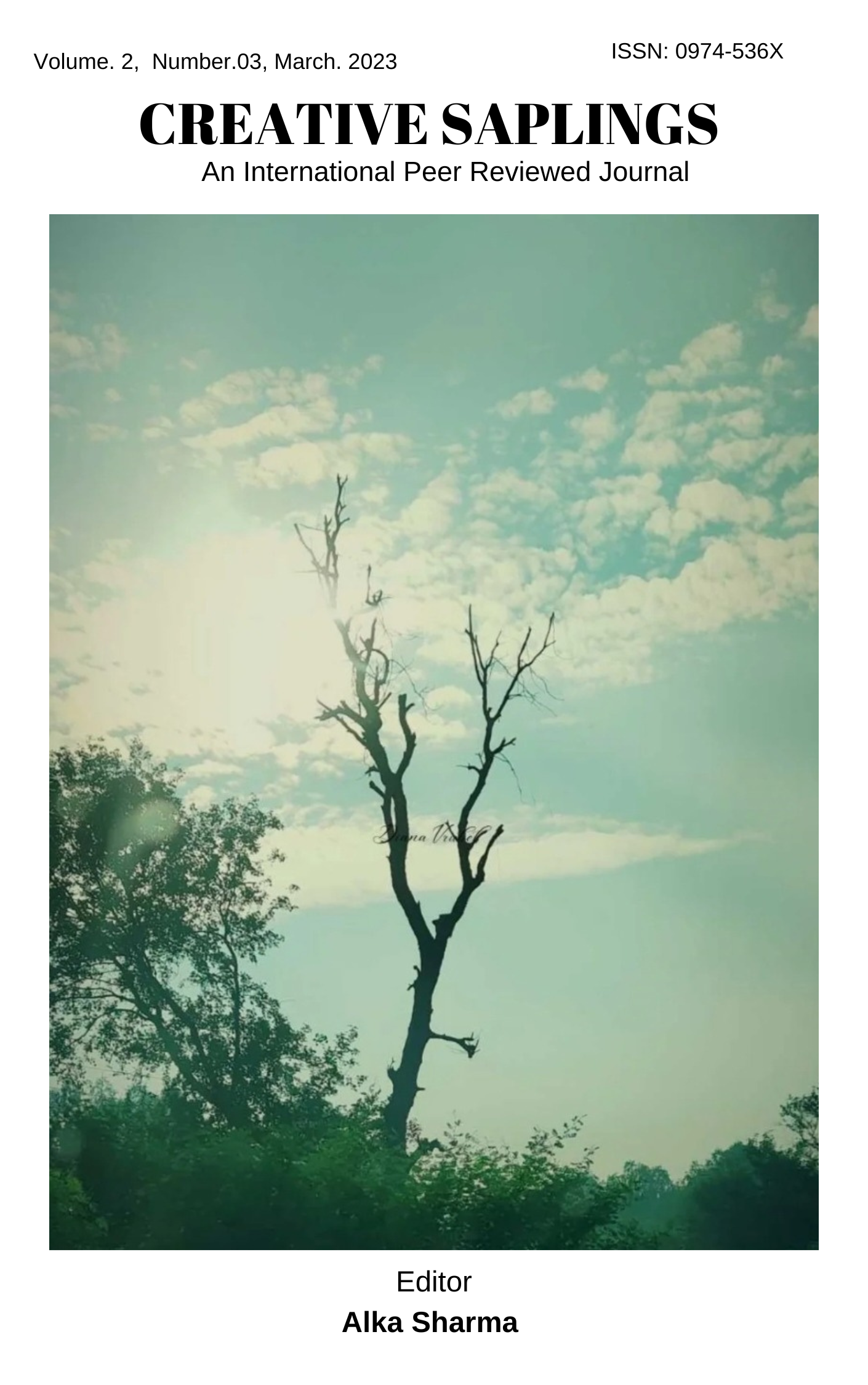The Semiotic Analysis of film Pinjar in Relation to Multiculturalism in Indian Subcontinent's Society as Depicted in Films
DOI:
https://doi.org/10.56062/gtrs.2023.1.12.229Keywords:
Multiculturalism, Semiotics, Film Studies, Partition of Indian Sub-continent, South Asian Cinema.Abstract
A real portrayal of any society or geographic location at any point in time is what is meant when we talk about "culture." The Indo-Pakistani Subcontinent is home to a diverse collection of religious sects, linguistic subgroups, cultural practices, and ethnic communities. As a result of this, the Indo-Pak region is often referred to as having a multicultural society and the entire Indian Subcontinent is founded on the principle that diversity should be celebrated. The film Pinjar serves as a representation of today's multicultural society because it shows people from a number of different ethnic groups and demonstrates their various cultures. This film or book has served as the primary source for the fundamental material that was compiled for this research article. The researcher came to the conclusion that the best way to do this data analysis was to make use of the Pierce model of semiotics. This was done in order to acquire credible results and locate the multiculturalism-related components that were present in the specific text and film in question. The appendix of the research report, which can be found at the very end, will direct you to the precise remnants of this particular term that can be found in the film that was picked and will provide them to you in the form of pictures.
Downloads
References
Bergman, M., & Paavola, S. (2003, 01 01). The Commens Dictionary of Pierce's Terms. Retrieved from Commens: http://www.helsinki.fi/science/commens/dictionary.html
Chandler, D. (2007). Semiotics: The Basics. Oxford: Taylor & Francis.
Deneen, P. (2009). Democratic Faith. USA: Princeton University Press.
Heywood, A. (2000). Key Concepts in Politics. Hampshire: Palgrave Macmillan.
Hurn, B. J. (2013). Cross-Cultural Communication: Theory and Practice. New York: Palgrave Macmillan.
Kawar, T. I. (2012). Cross-Cultural Differences in Management. International Journal of Business and Social Science , 105-111.
Liszka, J. J. (1996 ). A General Introduction to the Semiotic of Charles Sanders Peirce. Indiana : Indiana University Press.
Locke, J. (1714). The Work, John Locke. New York: Lyon Public Library.
Pratt, M. L. (1991). Arts of the Contact Zone. Profession , 33-40.
Pritam, A. (1950). Pinjar . New Dehli: Tara Press.
Said, E. W. (2005). Culture and Imperialism. UK: Vintage.
Semioticians and Their Work. (2012, 03 19). Retrieved from HLWIKI International: http://hlwiki.slais.ubc.ca/index.php/Semioticians_and_their_work#Ferdinand_de_Saussure
Trotman, J. (2002). Multiculturalism: Roots and Realities. Indiana: Indiana University Press.
Zaman, F. (2009). Adabiyat: Amrita Pritam Number. Islamabad: Pakistan Academy of Letters.
Downloads
Published
Issue
Section
License
Copyright (c) 2023 Hamza Hassan & Wajid Riaz

This work is licensed under a Creative Commons Attribution-NonCommercial 4.0 International License.





